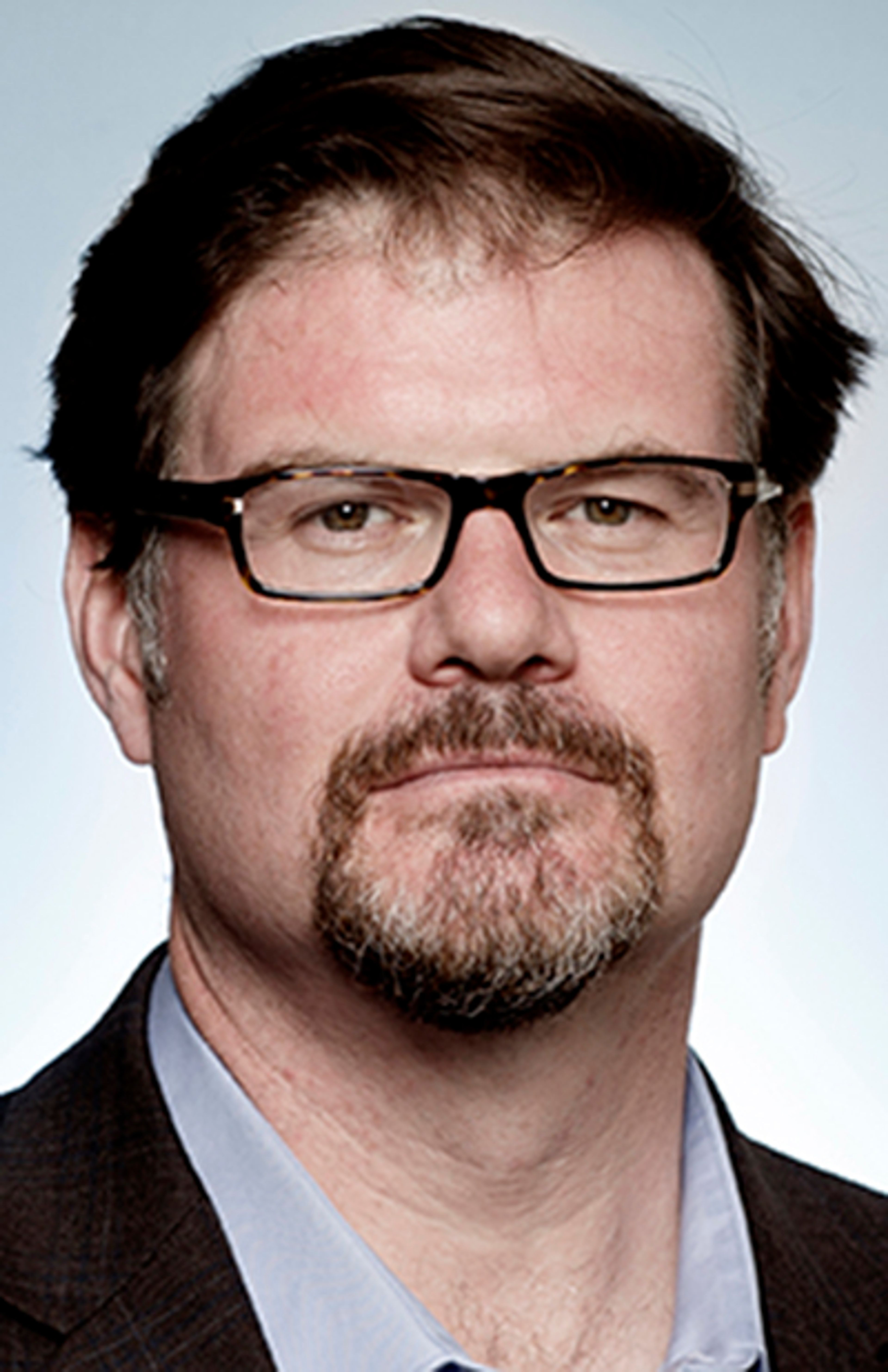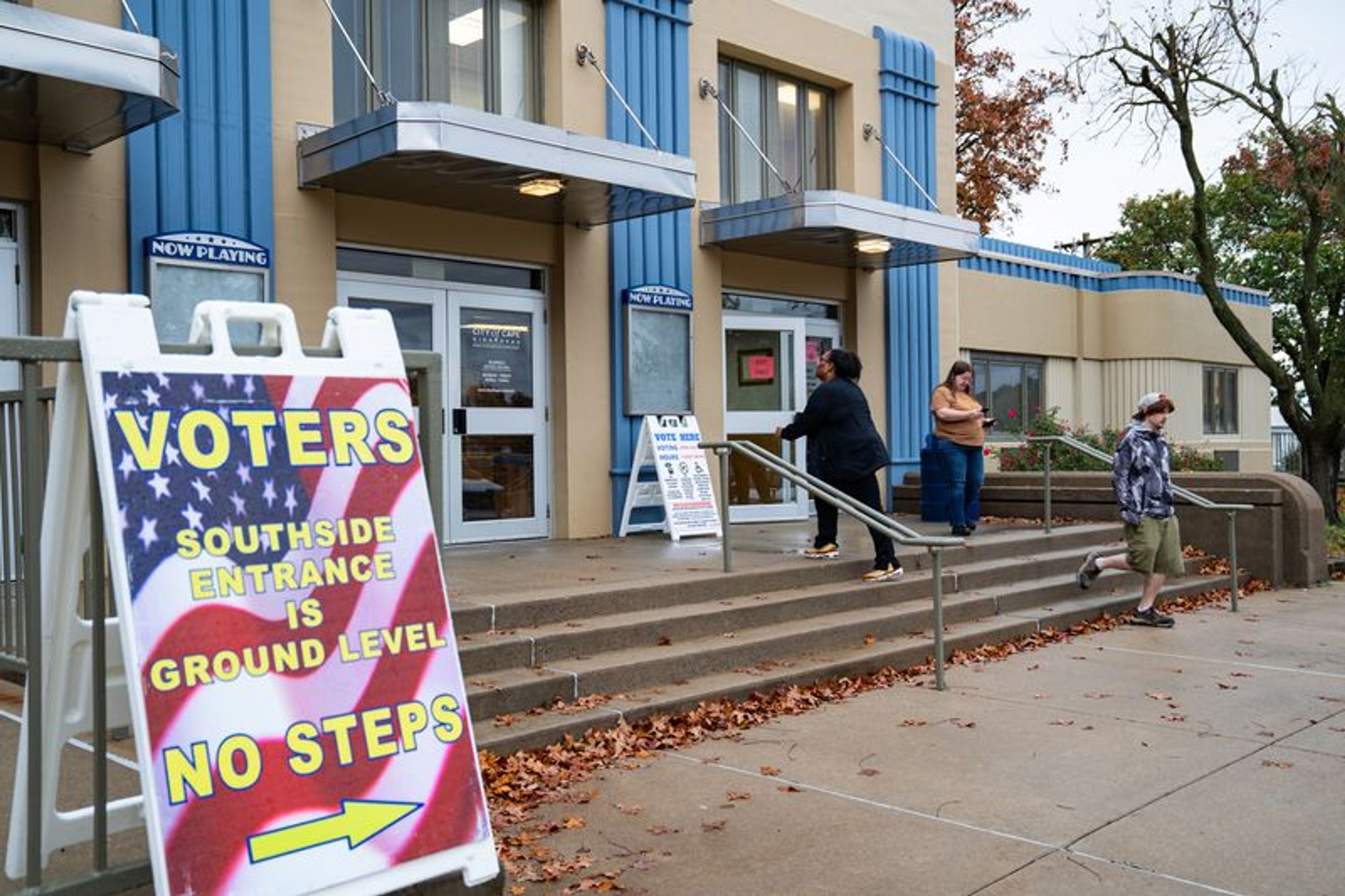Cape schools- Looking at cuts
With help from up to 100 school employees and community members, all volunteers, the Cape Girardeau School District is embarking on perhaps the least pleasant task for any school system: cutting spending. This special task force will analyze every expense in the district...
With help from up to 100 school employees and community members, all volunteers, the Cape Girardeau School District is embarking on perhaps the least pleasant task for any school system: cutting spending. This special task force will analyze every expense in the district.
Why? Because the funding situation for the district is bleak, the result of fewer dollars coming into the district from the state.
Looking at three school years (2001-02, 2002-03 and 2003-04), the trend is pretty clear. Local revenue from the district's tax levy has risen modestly (figures for the 2003-04 school year are projections), thanks to what administrators are calling "stagnant" tax assessments. The district received $16.7 million in local revenue in 2001-02, $17 million in 2002-03 and is projecting $17.2 million for 2003-04.
Less state funding
The big hit for the Cape Girardeau district has been in state funding.
The district's state funding was just over $9 million in the 2001-02 school year, $6.8 million in 2002-03 and projected to be below $6 million for 2003-04. However, much of the decrease between 2001-02 and 2002-03 was because of $1.8 million of state funding the district received in 2001-02 to help pay for the new Career and Technology Center. State funding for other purposes declined $444,000 in the 2002-03 school year.
Cuts in state funding for the Cape Girardeau district occurred as overall funding for the state's Department of Elementary and Seconday Education rose or held steady. Many factors influence state funding to local districts, and officials aren't sure exactly which of those factors caused local funding to go down while overall state funding for DESE was going up.
In fiscal year 2002, which began July 1, 2001, DESE spent $4.26 billion. In fiscal year 2003, DESE expenditures grew to $4.36 billion. In the current fiscal year, $4.55 billion was appropriated for DESE, but the governor has withheld $190 million, leaving current spending at $4.36 billion -- the same as the previous year.
Total revenue for the district (local and state combined) went down 7.5 percent in the 2002-03 school year (partly because of the construction funding the year before), and the district is estimating total revenue will drop nearly 3 percent in the 2003-04 school year.
One thing to keep in mind is that the district had been rebuilding its reserves to avoid becoming a financially distressed district, which would incur state sanctions. But with the modest increases in local revenue plus the state cuts, the district once again is dipping into reserves to cover its spending. The district can't continue to rely on reserves, and that is a significant consideration for the district's new budget task force. Other areas to be reviewed include built-in salary increases, higher benefits and bigger utility bills.
Given the funding levels and anticipated expenses, the district will ask the new task force to find $2.2 million in cuts. This will likely include cuts that affect current programs and staffing.
While the district has already felt the impact of less funding overall, most students and their parents have seen little that really pinches. Thanks to a good effort on the district's part, school opened on schedule, teachers were at their desks, football games were held as planned and buses picked up children and took them to and from school.
Educational process
What has changed? Some teaching positions were eliminated, resulting in a few classes with more students. Other economizing measures were taken that added a bit of stress to administrators and teachers. But, for the most part, the district continues to provide a high-quality education in first-rate facilities, most of which have been built or upgraded in recent years.
Thus, the task force will be an educational process on behalf of the community. Members will learn about many of the minute details that go into the financial operations of a school district -- details that the general public is usually neither aware of nor overly concerned about.
This is the same kind of analysis, by the way, that a prudent school district would undertake if it were thinking about educating the public in the face of a proposed increase in the local tax levy.
Indeed, a tax increase is likely to become a key topic for the task force. If state funding isn't going to increase -- or even be cut further -- the task force should consider whether a bigger local tax bill can be justified.
The task force also is a confidence-building exercise. In general, district patrons have had enough confidence to support multimillion-dollar capital improvements. But that support was given, in part, in exchange for pledges of no local tax increases for awhile.
Now the task force will have to decide what the district can do without to live within funding projections. The choices won't always be easy. But the district is to be commended for getting the process going before there is a financial emergency.
Connect with the Southeast Missourian Newsroom:
For corrections to this story or other insights for the editor, click here. To submit a letter to the editor, click here. To learn about the Southeast Missourian’s AI Policy, click here.








